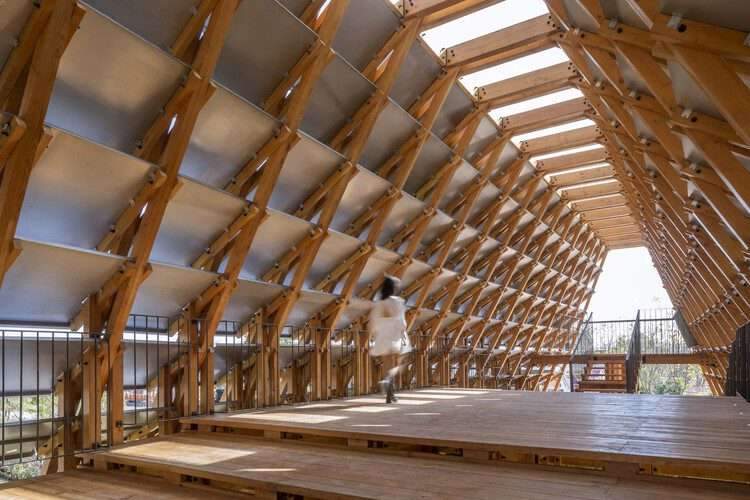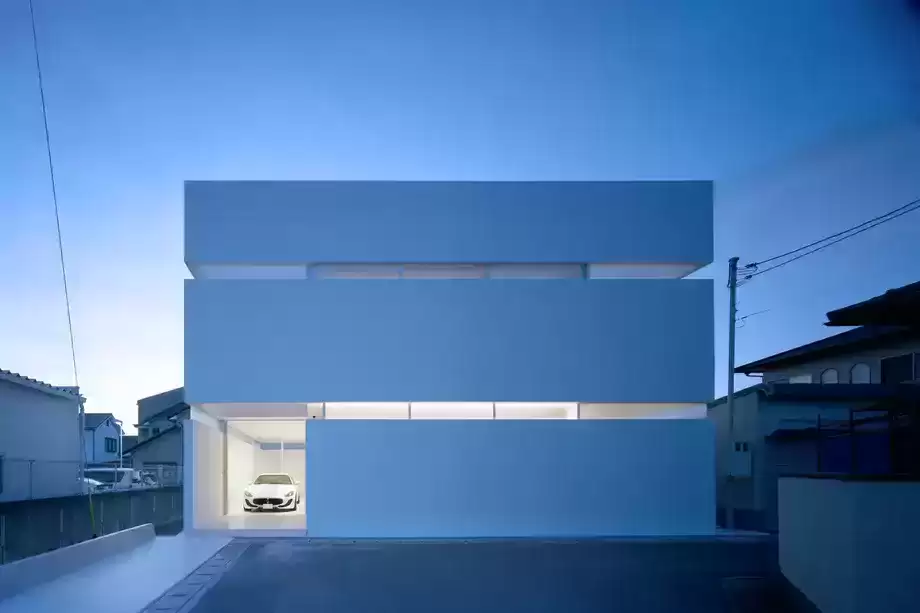Sustainable building materials are becoming increasingly popular as more and more people focus on preserving the environment.
And as architects, construction workers, and homeowners look for ways to improve their practices,
sustainable building materials provide an effective option for reducing their environmental impact.
Various materials, from recycled wood to clay, can create energy-efficient buildings, reduce waste, and conserve resources.
So you should have a better understanding of sustainable building materials and how they can help you create a greener future.

Bamboo
Bamboo is an incredibly sustainable building material,
with many properties that propel it to the forefront of the green building industry.
It is one of the fastest growing plants on the planet.
It can be harvested in just four to five years,
making bamboo an ideal building material for those looking to live an environmentally friendly lifestyle.
Bamboo is an excellent alternative to wood, as it is much more strong,
durable and lightweight than traditional wood.
Bamboo is often used as a building material in tropical climates,
as its natural resistance to moisture, heat, and insect pressure makes it an excellent choice for outdoor construction.
It is also an excellent sound barrier, making it ideal for sound insulation in densely populated residences.
In addition to being a sustainable building material,
bamboo is versatile and can be used in various applications, from flooring to furniture, walls, ceilings and other decorative elements.
Bamboo is also a strong and resilient material, which makes it ideal for construction projects.
Its strength also makes it ideal for earthquake-resistant construction,
as it can bend and flex in response to seismic activity while maintaining its structural integrity.
Bamboo also requires very little in the way of maintenance or processing to make it ready for use in construction.
Its natural durability and ability to withstand harsh weather means it doesn’t require much treatment or protection,
making it a great choice for those looking for a durable, low-maintenance building material.
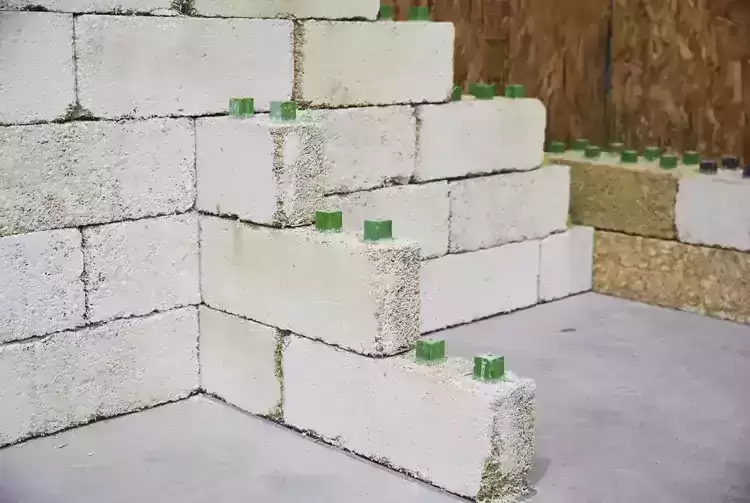
Himbret
Hempcrete is an innovative building material made from the woody inner core of the hemp plant.
It is a natural, lightweight, breathable, heat-insulating and fire-retardant composite material.
It also works as a natural pest repellent and is environmentally friendly.
Hempcrete is made from hemp husks, the woody inner core of the hemp plant, mixed with a lime-based binder.
This natural material is ideal for sustainable construction because it can replace common materials such as concrete,
wood and insulation.
The use of hemp concrete in the building allows efficient use of resources while reducing the environmental impact of the building.
Hempcrete is a breathable material, allowing air and moisture to move freely through its structure.
This also helps maintain a comfortable indoor environment,
reducing the risk of mold and other health risks associated with poor ventilation.
It is also an excellent insulator, reducing the need for additional insulation materials.
Hempcrete is fire resistant, making it an ideal choice for buildings that require fire protection.
The material is durable and resistant to damage,
which means it can be used in buildings with high traffic areas, such as public buildings.
Hempcrete also has natural pest repellent properties, which can help reduce the need for chemical pest control.
Hempcrete is an environmentally friendly building material, as it is made from a renewable resource and is biodegradable.
Its production does not require toxic chemicals;
It is also carbon negative, which means it absorbs more carbon dioxide from the environment than is released during production.
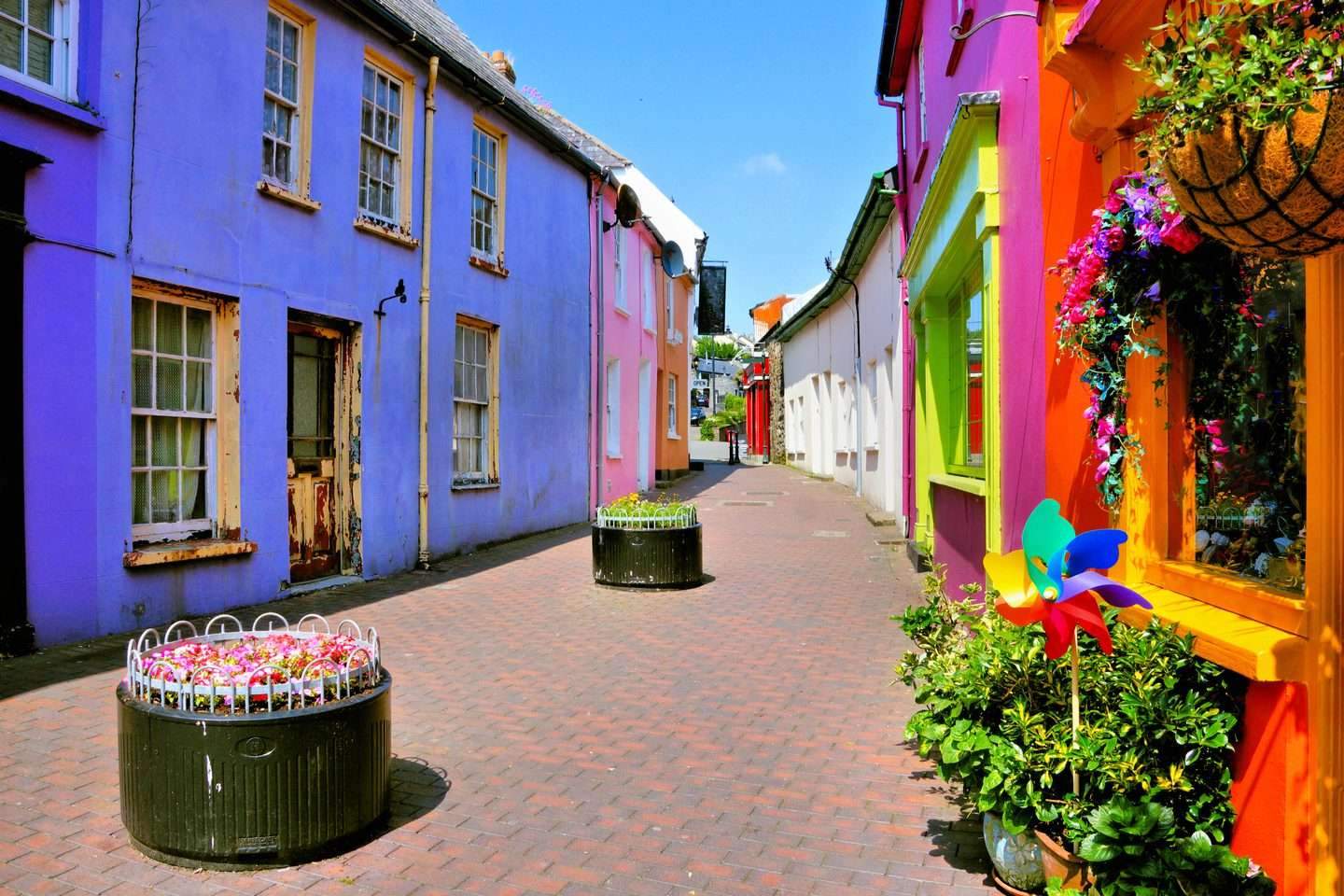
Cork
Cork is an incredibly sustainable building material that has been getting more publicity lately.
It is derived from the bark of the cork oak tree and is a 100% natural and renewable resource.
Cork harvesting does not damage the tree, as it can be gently peeled away from the trunk while allowing the tree to produce new bark.
Cork is a great insulating material, fire retardant, water and mildew resistant.
It is free from toxic air pollutants and emits less carbon dioxide than other materials.
It also provides exceptional acoustic insulation, making it an ideal choice for acoustic insulation applications.
Cork is also durable, lightweight, and easily moldable, making it a great choice for a variety of uses.
It is widely used in the production of floors, walls, furniture and other decorative products.
Cork floors are also comfortable and offer a unique, elegant, and eye-catching aesthetic.
Cork is also a great material for walls,
as it helps regulate indoor temperature and absorb excess moisture but also helps add a unique decorative touch to any room.
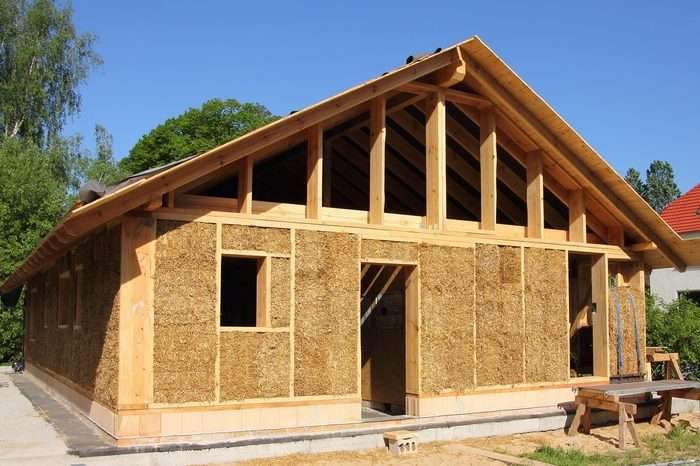
Straw bales
Straw bales are becoming increasingly popular among users of sustainable building materials due to its many advantages.
The straw bale itself is produced from leftover stalk material from cereal crops such as wheat, rye,
and barley and often serves as a substitute for framing wood in construction.
As the name suggests, straw bales are bales of straw tightly bound together and used as wall insulation.
From an environmental point of view, straw bales are a sustainable building material due to their natural insulating properties.
Straw bales can also insulate homes with an R-value equivalent to cellular insulation and significantly reduce energy costs.
In addition, the straw bales consist of all-natural materials, creating an economical and eco-friendly living space.
From a cost perspective, straw bales are an economical choice of building material compared to other types of insulation.
This is due to the relative ease of access and production and the fact that it is also a renewable resource in general.
The straw bales are also fireproof and can easily resist wind and water penetration.
The straw bale construction is also easy to install and requires minimal labor,
making it a popular choice among DIY proponents.
Moreover, straw bales can be used in different ways and are suitable for both exterior and interior structures.
They are also lightweight and flexible, which reduces the labor costs associated with their installation.
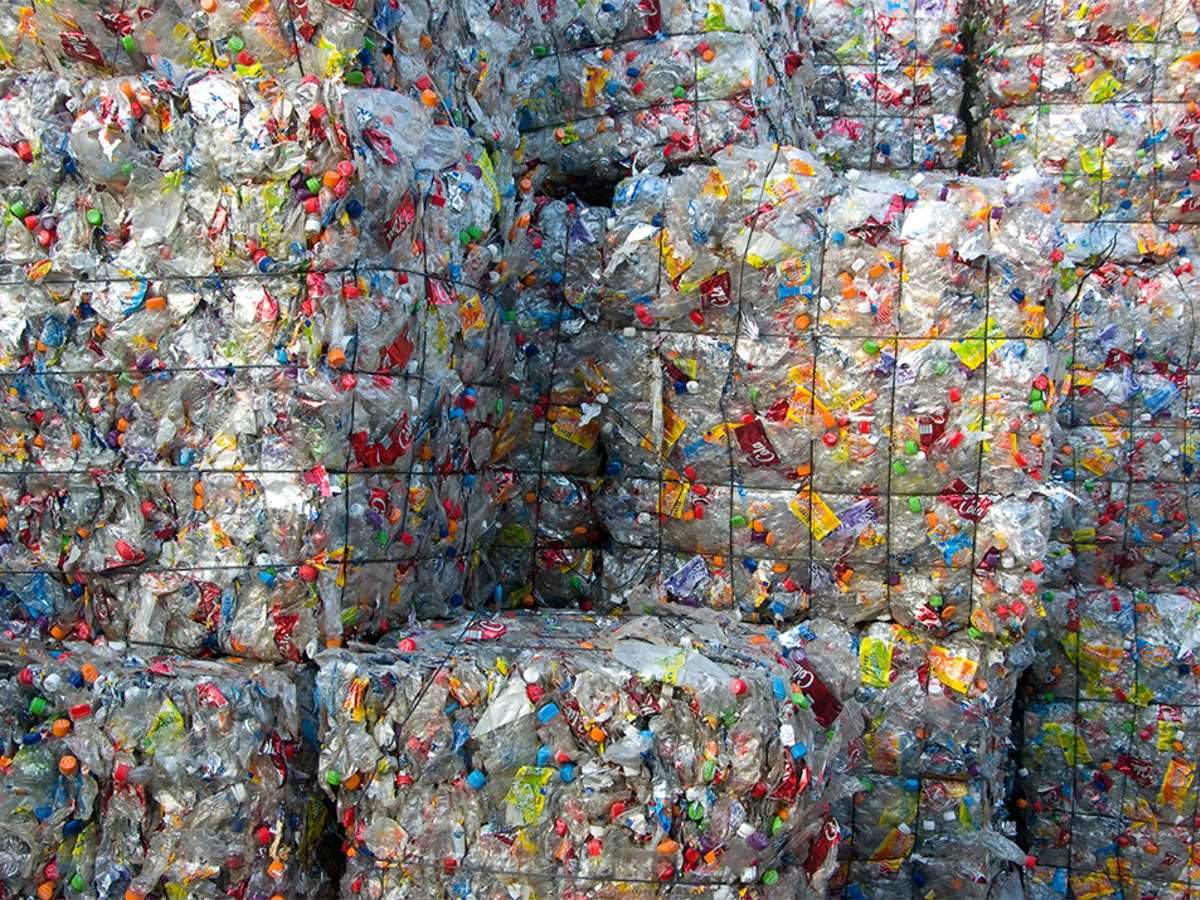
Recycled plastic
The use of recycled plastic as a sustainable building material has grown rapidly.
Using recycled plastic is an environmentally friendly option,
as it reduces plastic pollution while helping to conserve natural resources.
It is also an affordable and versatile material that can be used in different ways.
Recycled plastic can be used in many parts of a construction project, from siding, roofing,
and insulation to window frames, decking, and outdoor furniture.
It is also a strong, durable material that is highly resistant to water, mildew, moisture,
UV exposure, and other weather conditions.
In addition, recycled plastic building materials have a long life, with some estimates of up to 50 years.
Using recycled plastics has many environmental benefits as well.
By using recycled plastic, we reduce the amount of plastic waste that is sent to landfills or the ocean.
This helps reduce the amount of carbon dioxide released into the atmosphere.
Moreover, recycled plastics are usually recyclable, which reduces plastic waste.
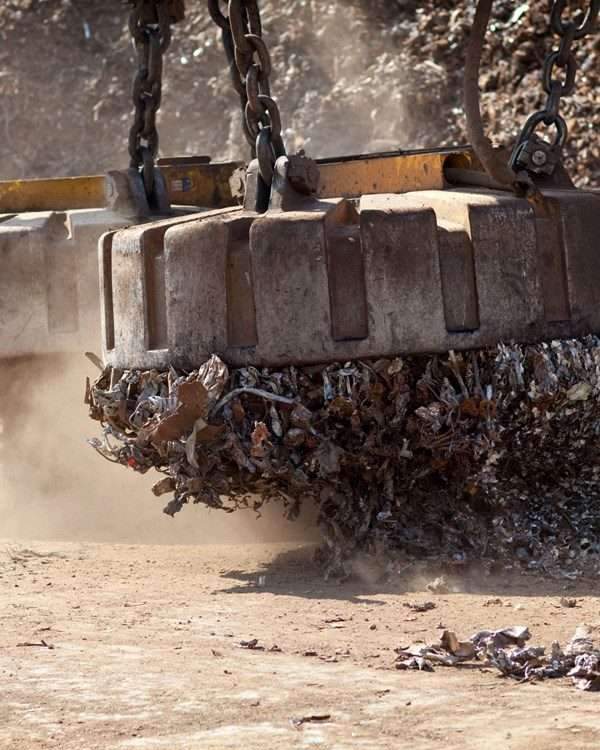
Recycled steel
Recycled steel is an important component in building sustainable building materials.
Steel is strong and durable and can be recycled many times without losing its properties,
making it a great choice for sustainable structures.
Recycled steel can create many building materials, including frames, walls, beams, joists, etc.
Recycled steel can also be produced in several different ways, depending on the desired end product.
The most common method uses a combination of heat and pressure to reshape old steel into new shapes.
In this process, the steel is heated to high temperatures,
and the ductile metal is formed into the desired shape or size.
The process can also create anything from beams and joists to walls and frames.
Recycled steel also has sustainability benefits, as it can be used in many sustainable architecture applications,
as it requires less energy to produce than new steel.
Sustainable building materials used in environmentally friendly buildings
Also, because it is made from old steel, it can be melted down and reused in new products,
which reduces the amount of waste generated in the steel production process.
The use of recycled steel in building sustainable building materials also helps reduce energy costs.
By using recycled steel, building owners can reduce energy bills by reducing the energy required to produce new steel.
In addition, recycled steel requires less maintenance than other building materials,
as it is already formed and does not need to be treated with chemicals or coatings.
Recycled steel is also a great choice for a sustainable building material because it is strong,
durable and can be recycled many times without losing its properties.
It is also a great way to reduce energy consumption while still achieving the desired results.
And by using recycled steel to build a sustainable building material,
architects and building owners can reduce energy costs while creating a more sustainable world.

Reclaimed wood material
Reclaimed wood is an excellent sustainable building material and is becoming increasingly popular as an option.
It has previously been used in other applications but is now being reused in construction.
It can be obtained from various sources, including demolished buildings and dismantled furniture.
Reclaimed wood can also be used in a variety of ways, including flooring, finishes, and cabinetry.
So reclaimed wood offers many benefits for both the building and the environment.
First and foremost, it is a sustainable building material, as it is reused and does not come from a new source.
This eliminates the need for additional resources, which helps preserve the environment.
It also eliminates the need for further processing and manufacturing, which helps reduce energy consumption.
Reclaimed wood can also provide aesthetic appeal.
It can also provide unique patterns, textures, and colors due to the natural aging process that the wood has gone through.
And this can create an interesting rustic look that can create a unique atmosphere.
In addition, reclaimed wood is often more durable due to its age than newer, softer wood,
making it a great choice for flooring and other applications.
When looking for reclaimed wood, it is important to know where it comes from.
Consideration must be given to the environmental impact of wood,
and it must be verified that materials are sourced sustainably.
In addition, it is important to ensure that the wood is treated properly
and that appropriate safety precautions are taken during installation.

Sheep’s wool
Sheep’s wool has quickly become a popular sustainable building material due to its unique properties.
It’s a natural product, meaning it’s made from animal sources,
but it’s also biodegradable and easy to recycle or reuse.
Wool is an excellent insulator, so it helps keep homes cooler in the summer and warmer in the winter
and provides excellent soundproofing properties.
Sheep’s wool is incredibly strong and durable,
fire retardant and can withstand extreme temperature changes due to its long fibers.
This makes it a great material for ceilings, walls, and other structural elements.
It is also non-toxic and hypoallergenic, making it a safe choice for people with asthma and allergies.
But unfortunately, wool is not cheap, as it has to be processed in a factory and is only available occasionally.
It also tends to shrink, so it must be properly maintained to avoid this problem.
In addition, wool is not waterproof, so it must be treated before use in humid conditions.
Despite these drawbacks, sheep’s wool remains an excellent sustainable building material for those looking for energy-efficient and environmentally friendly options.
It is also a renewable resource, and its thermal and soundproofing properties make it ideal for home and building insulation.
In addition, wool is a naturally beautiful material, adding style and warmth to any construction project.

Clay
Clay is one of the most popular sustainable building materials, with a long history of use as a building material.
It is formed by the natural weathering of feldspar and minerals within rocks.
Clay is based on clay and can be shaped into different shapes and sizes without additional materials.
It is fire and termite resistant, which makes it an ideal building material.
It is also affordable, versatile and, due to its natural properties, very energy efficient.
Clay is also very durable and can last over 100 years, making it an ideal sustainable material for use in construction.
Clay is also very resilient to weather damage, withstanding rain and wind without deterioration or damage.
It also has an excellent degree of insulation, making it an ideal material for colder regions.
Using clay as a sustainable building material also reduces the carbon footprint of construction projects,
as it is a natural material and does not require mining or transportation.
In addition, the use of clay can help reduce air pollution as it does not release any particulate matter into the air.
Clay is also a renewable resource, as clay can be harvested in different parts of the world and is generally available in certain regions.
It extraction is relatively inexpensive and easy.
Clay is also recyclable, which means it can be reused in other projects, making it a more sustainable building material than others.

Ferrock
Ferrock is an innovative and sustainable building material made from recycled materials such as steel dust and carbon dioxide emissions.
It is a form of geopolymer concrete made from a mixture of iron oxide and sand that is activated with carbon dioxide.
The material is then cured and hardened to form a strong and durable concrete.
Ferrock is not only a sustainable building material but it is also incredibly strong
and capable of withstanding twice the load of conventional concrete, making it ideal for construction projects.
The material is also very durable and can withstand extreme temperatures, chemical and biological agents.
Compared to traditional concrete, Ferrock is made from 95% recycled materials,
which is much more environmentally friendly than traditional cement-based products.
In addition, it has the ability to absorb more carbon dioxide than it emits during production,
making it a more carbon neutral building material.
Another big benefit of this sustainable building material is that it can be shaped into any shape,
giving architects and designers enormous creative freedom.
This flexibility makes Ferrock an ideal choice for complex building designs,
as it can be used to create complex curved surfaces and more creative shapes.
Ferrock is also cost effective, which makes it an attractive option for both commercial and residential projects.
Because the material can be shaped into almost any shape,
it can be purchased in bulk and used in various applications, from buildings to roads.
For more architectural news

